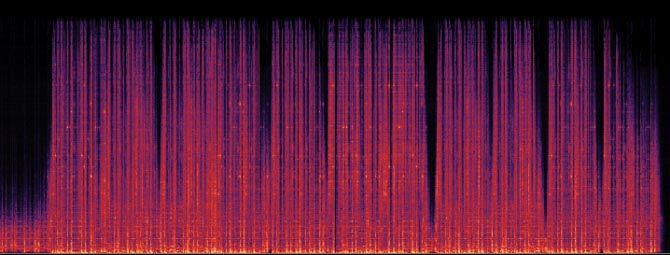



 Dango
Dango


 Dango
Dango
 Dango
Dango




Nearly 50 years ago, people attempted to implement the "pitch" function using bulky hardware equipment. However, this professional equipment needed to be purchased and the sound quality was not good. With the development of computers after this, software-level pitch appeared. Since then, various audio manufacturers have competed with each other in pitch algorithms, but no matter how much research is done, these DSP algorithms are still in the traditional algorithms. The emergence of AI in recent years has changed the rules of the game.
Traditional algorithms for pitch are generally divided into time-domain and frequency-domain analysis methods, each with its own advantages and disadvantages. Time-domain analysis typically breaks the song into countless fragments and then overlaps them together to maintain the timbre unchanged, but this can cause an unpleasant "tearing" sensation in the overlapping parts of the song. Currently, more commercial algorithms use the frequency-domain analysis method. The frequency-domain analysis method starts from the spectrum. Pitch will not cause tearing, but the details of the timbre and song will be lost, and the drum set will "disappear" or "suddenly" feel boring.
Dango algorithm with AI technology uses triple quality sound protection to complement each other, ensuring no distortion of the drums, timbre, or details. Welcome to put on your best headphones and compare ours with other software algorithms.
This depends on the copyright owner of the song itself. If you are the copyright owner of the song, you can use it commercially. If you are not the copyright owner of the song, you need to obtain the permission of the copyright owner of the song before you can use it commercially.














